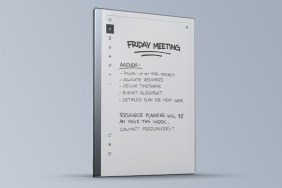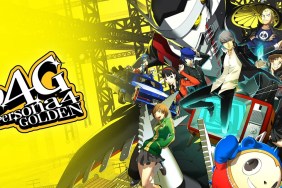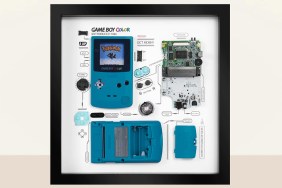The Prince of Persia returns… as a race car driver.
“Grid” spelled backwards is “dirg”. Substitute the seventh letter in the alphabet for the seventh-to-last letter in the alphabet, and you end up with “dirt”. Coincidence? I don’t think so.
[image1]Grid comes hot on the heels of Codemasters’ previous reworking of its other aging racing franchise. Dirt revisited and revamped the long-running
-
Fantastic damage modeling
-
Easy to learn
-
Slick menus
-
Flashbacks are a lifesaver
-
. . .or an annoying crutch
-
Not very deep gameplay
-
Lack of course and vehicle variety










